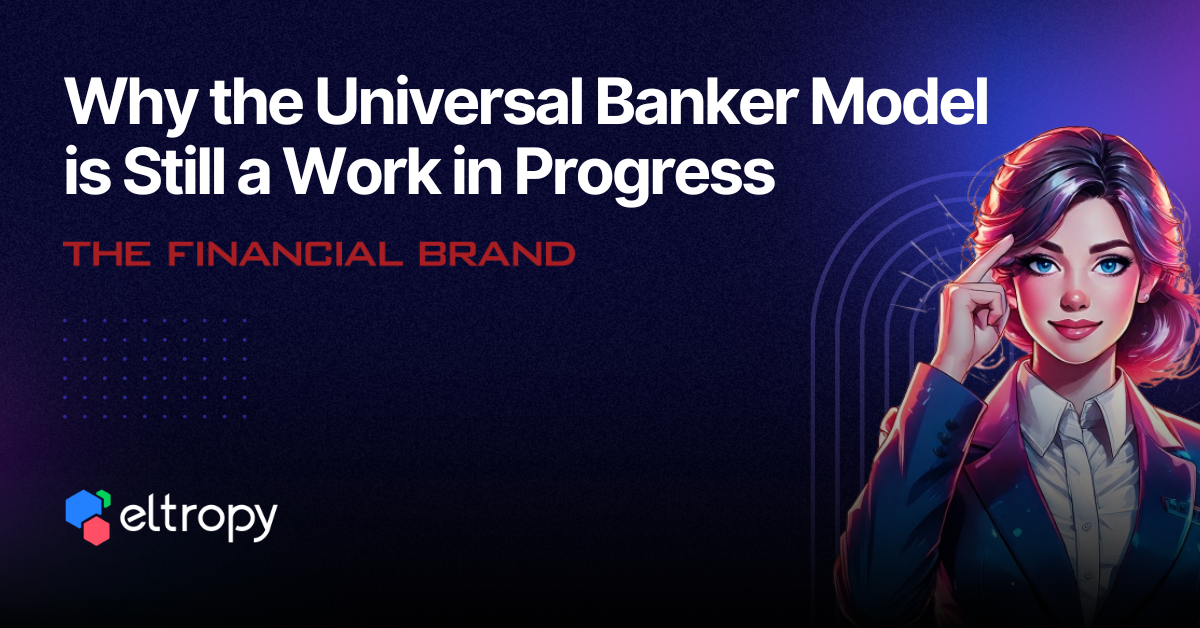Major banks have been experimenting with voice banking using AI-based voice recognition for the past few years and have found great success in automating simple services such as making payments, transferring money and reporting stolen or lost credit cards.
Before automation like this was introduced, customers who called into their financial institution’s customer care had to first verify their identity manually with a human agent, which may take maybe 1-2 minutes even before they could explain their problem. Now, the verification process can be automated immediately with voice authentication AI and agents can directly resolve customer issues — thereby improving customer experience.
From booking airline tickets to ordering food to paying bills, voice is a ubiquitous option today, available to consumers everywhere to transact with online vendors. Of course voice assistants like Apple Siri, Google Assistant and Amazon Alexa have popularized the use of voice as a key communication channel for users, particularly when interacting with banking applications and retail-ordering sites.
Today, voice recognition powers many applications ranging from voice-assisted banking, audio transcription, language translation and more. In this blog post, however, I’d like to elaborate on voice recognition technology, particularly for the purposes of user authentication to solve real-world use cases for credit union members.

First question: Is voice authentication a foolproof technology? Where is it applicable?
Nuts and Bolts of Voice Authentication: Definitions
Voice recognition, in the context of authentication, is a technology that uses AI algorithms to convert a person’s voice into signatures in a database. The voice signatures can be dynamically generated or pre-processed from specific phrases spoken by the users.
Voice biometrics is an extension of voice recognition technology that uses additional features such as pitch, tone, and speech patterns to create a voiceprint. Typically, a user consent is taken before capturing voice samples for processing.
Voice authentication is a method of verifying a person’s identity by analyzing their voice using speech patterns, pitch, tone and comparing them against existing voice signatures.
The figure above shows the process of capturing voice samples as a passphrase with a user opt-in. Once the voice signature is obtained, the Virtual Agent (bot) can trigger the authentication flow to look up the voice signature in the database.
Benefits of Voice Authentication
1. Enhances member convenience.
We’ve found that voice based authentication helps in reducing the time it takes for an agent to verify the caller’s identity by 70%, or less than 14 seconds.
2. Improves member experience.
By verifying a member’s identity over the phone, credit unions can allow members to solve more specific needs like balance transfers, bill payment, resolving card issues or even checking their account balances on the move. Members typically don’t like to deal with human agents or a complex authentication process for simple queries.
3. Eliminates redundant verification.
After the user is authenticated by voice, the call is then transferred to a human agent, where they can be serviced without having to log in again or identify themselves. Repetitive verification is a common challenge in contact centers.
4. It’s cost-effective.
Voice biometrics don’t require special equipment like face recognition cameras or fingerprint scanners.
5. It’s highly secure.
Even if the fraudsters get access to the recorded voice samples of users, with advanced AI, they can be detected as a copy.
Challenges of Voice Authentication
It should be noted, however, that there are a few drawbacks with voice authentication, including:
- Lower signal-to-noise. The accuracy of voice authentication may drop when the caller’s voice is obstructed by background noise or the caller may be in an open space with poor acoustics.
- Change in voice. We don’t speak the same way at all times. Due to illness or our emotional state, our voice can change. Hence, the voice sample may not always match the signature in the database.
- Record and replay. If the voice authentication AI is not built well, it can fail to differentiate or detect a recorded voice from a live voice on the phone.
It’s important to note that the success of voice authentication may vary depending on the demography and specific needs of the financial institution. While there are known technical challenges, the benefits more than make up for the drawbacks.
Putting these tips into practice, your members will love the convenience and efficiency of voice-based interactions with their favorite credit union.
Read the next post in this series: Discovering the voice of the customer analyzing interactions for insights









